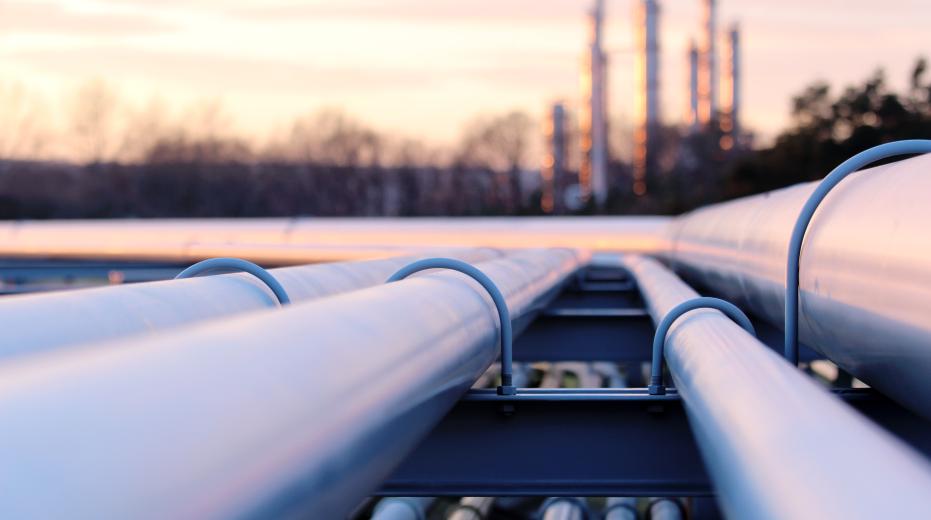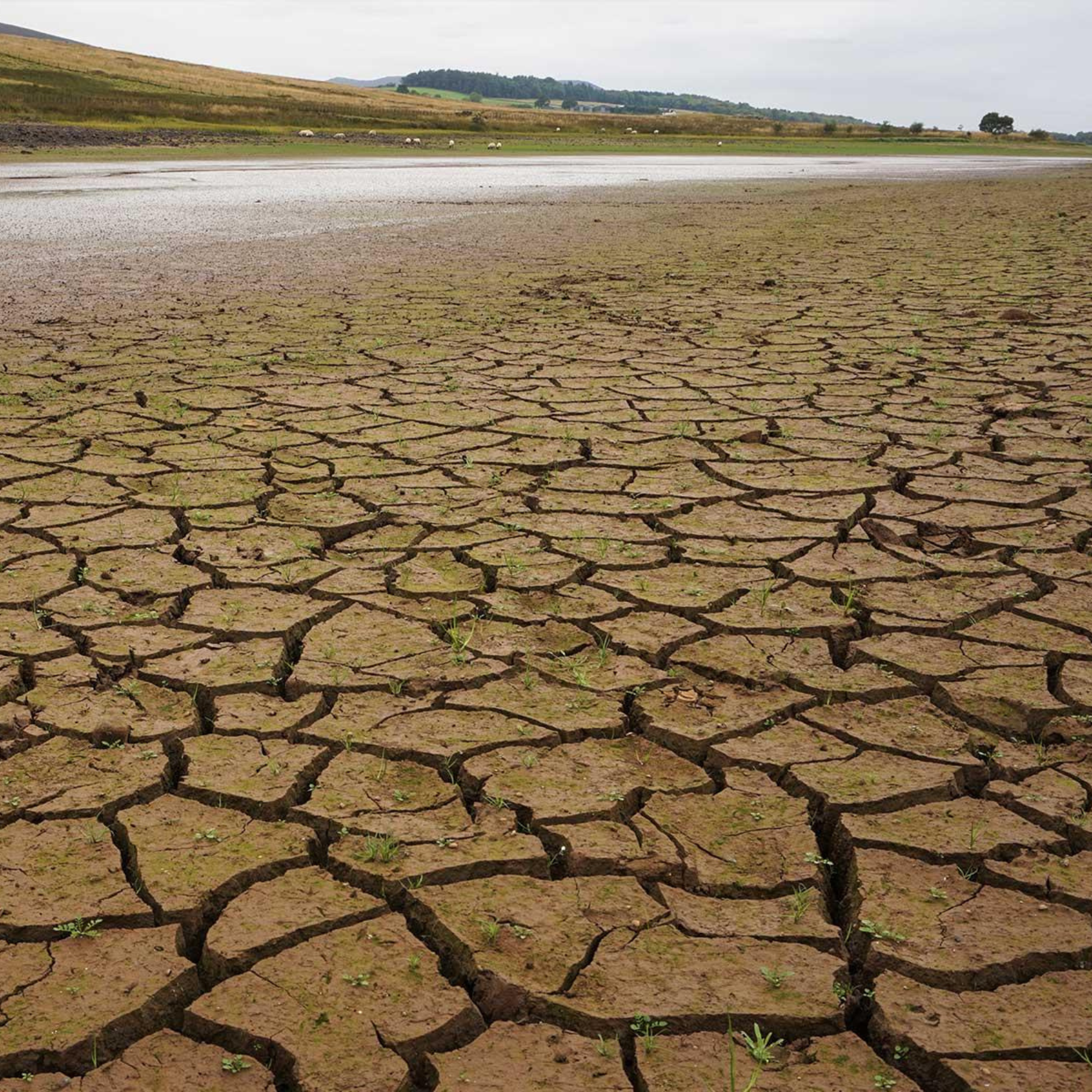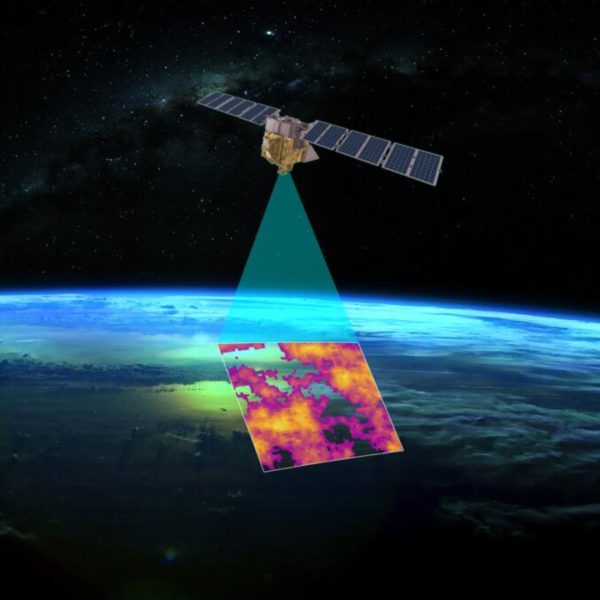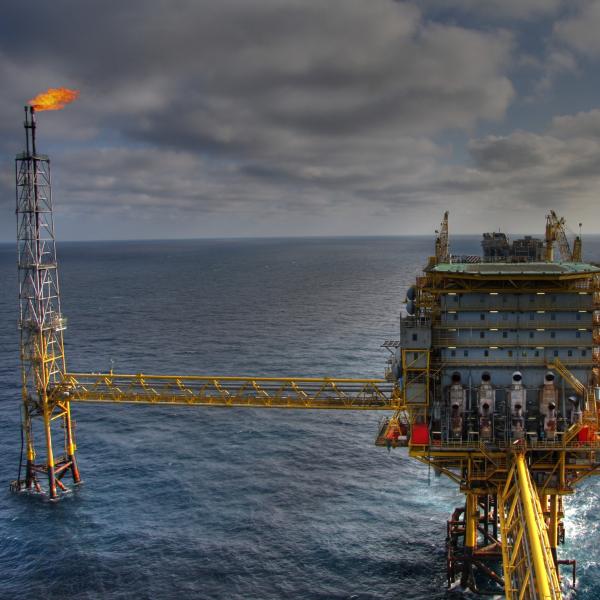Methane emissions
Reducing methane emissions is the fastest way to slow the rate of global warming now, even as we decarbonise our energy systems.
It’s an opportunity we can’t afford to miss.
Reducing methane emissions is the fastest way to slow the rate of global warming now, even as we decarbonise our energy systems.
It’s an opportunity we can’t afford to miss.

Reducing methane emissions is critical, not just on a national scale, but on a global scale – where Europe is uniquely positioned to lead.

Climate impacts on people and nature are worsening in every corner of the globe. Slowing today’s unprecedented rate of warming can help avert our most acute climate risks, including crop loss, wildfires, extreme weather and rising sea levels. But our window of opportunity is closing. We need fast solutions.
Acting now to reduce methane emissions will have immediate benefits that reductions in carbon dioxide cannot provide on their own.
Methane has more than 80 times the warming power of carbon dioxide for the first 20 years it’s in the atmosphere, and its atmospheric concentrations are increasing faster now than at any time since the 1980s.
At least 25% of today’s warming is driven by methane from human actions.
There are readily available solutions to cut methane today, and some of the fastest, most cost-effective opportunities are in the fossil fuel sector.
As the world’s largest fossil gas importer, Europe is uniquely positioned to set the gold standard for methane mitigation and drive down emissions not only in Europe, but globally.
The European Union recognised this when it led more than 100 countries to sign the Global Methane Pledge to reduce methane emissions by at least 30% by 2030.
To fulfill this pledge and achieve its own 2030 climate targets, the EU has recently passed new legislation to reduce its methane footprint from the energy sector.
If implemented successfully and swiftly, the EU Methane Regulation delivers on its promises by strengthening action in 4 key areas.
1) Step up monitoring and reporting
The new regulation requires the industry in Europe to measure, monitor, report and verify their methane emissions according to the highest monitoring standards, and to take action to reduce them.
New technology, such as the advanced methane-tracking satellite, MethaneSAT, will usher in a new era of reporting for climate transparency and accountability.
2) Plug leaks
The bulk of methane emissions from oil and gas comes from persistent leaks. The new regulation mandates that companies regularly detect and repair methane leaks, with immediate action required for major leaks. Member States now need to implement leak detection and repair strategies in line with best international practice, with enough frequency to capture all leaks.

3) End flaring and venting
Routine venting and flaring is the harmful practice of burning or releasing methane into the atmosphere. The new regulation bans routine venting and flaring of natural gas in the EU by 2027, allowing these practices only in emergencies or exceptional circumstances. This is a significant step in addressing one of the largest sources of methane emissions in the oil and gas sector.
4) Limit methane in imported gas
Europe’s external methane emissions footprint is up to 8x larger than its domestic footprint. From 2027, all new fossil fuel imports into the EU must meet the same reporting standards as domestic producers.
